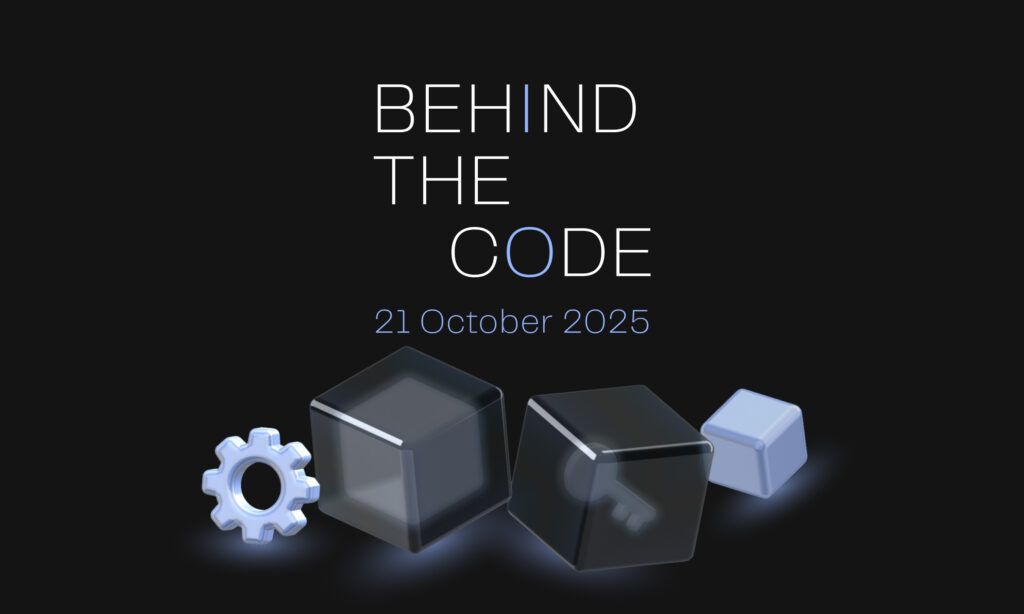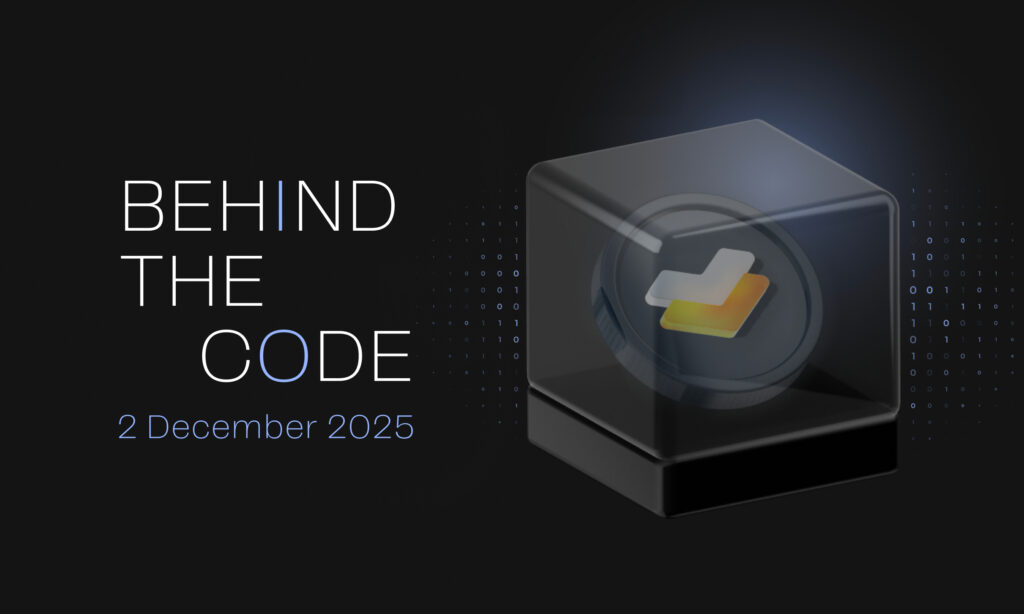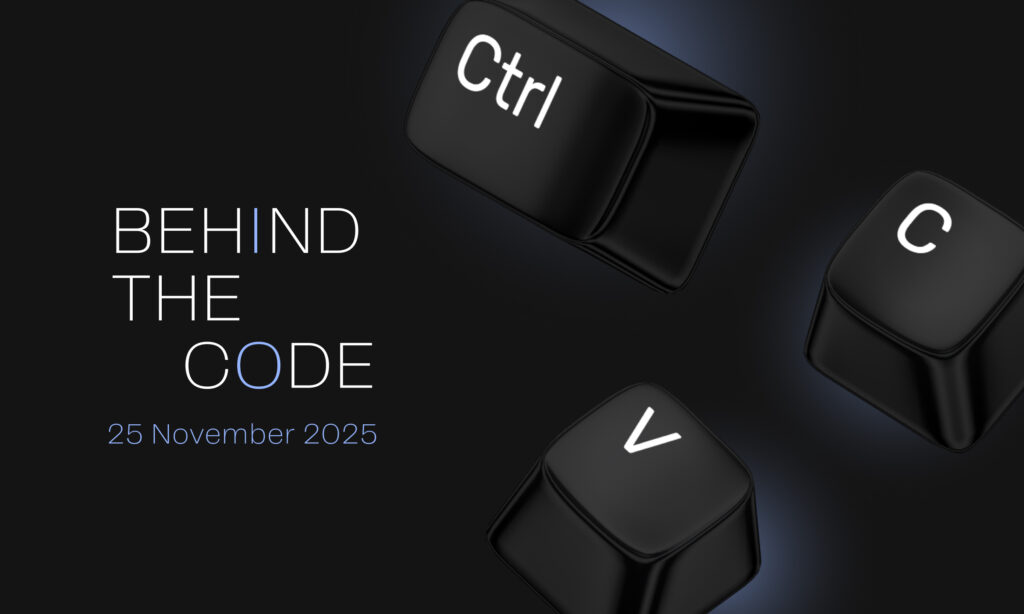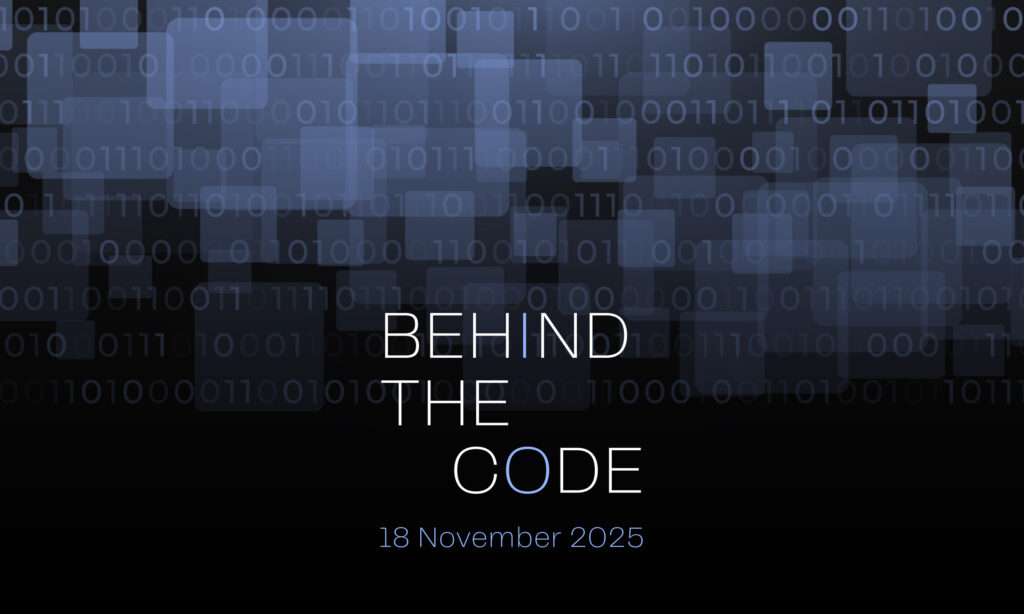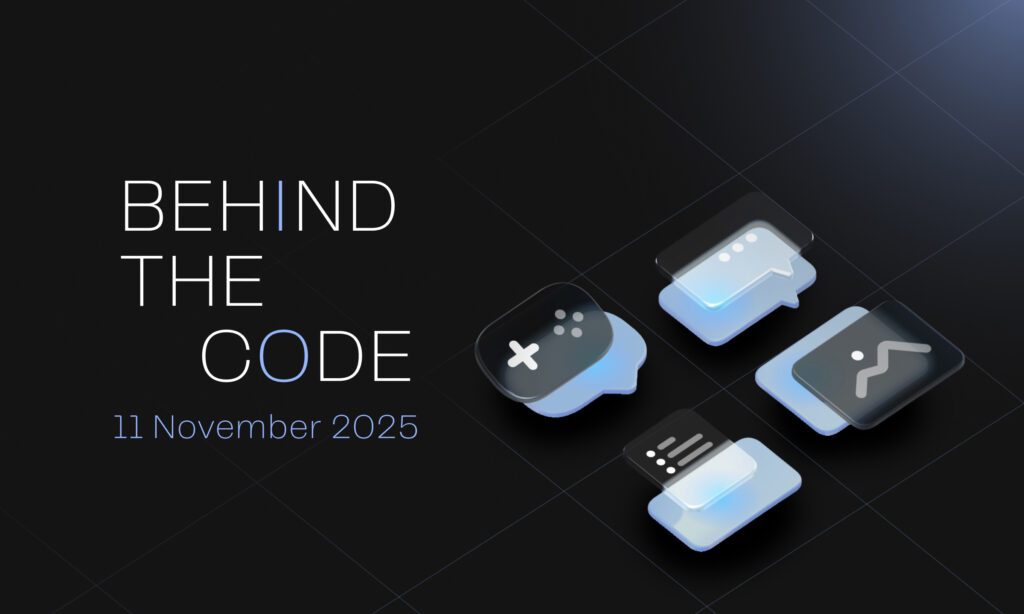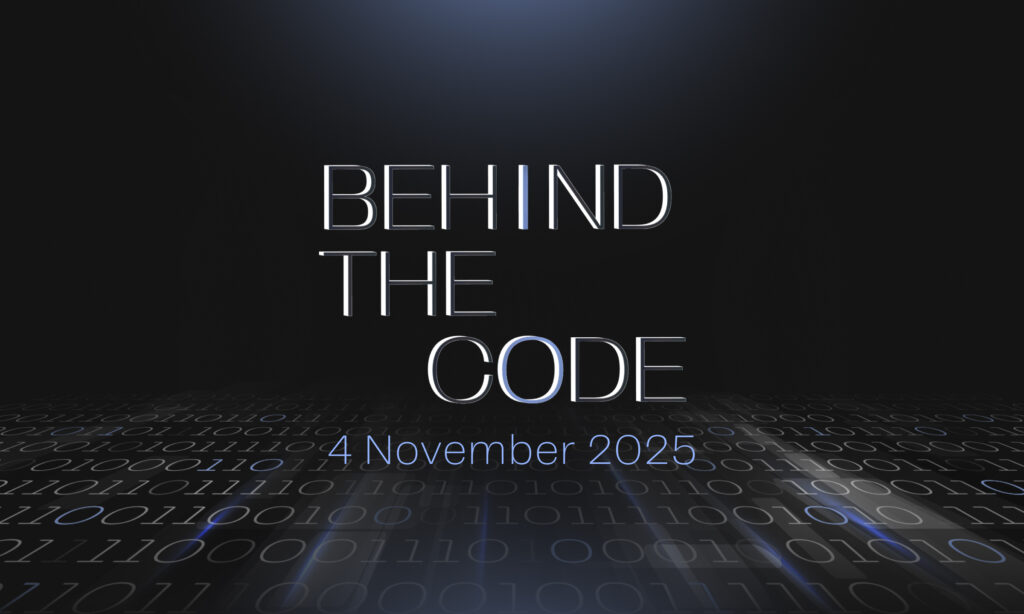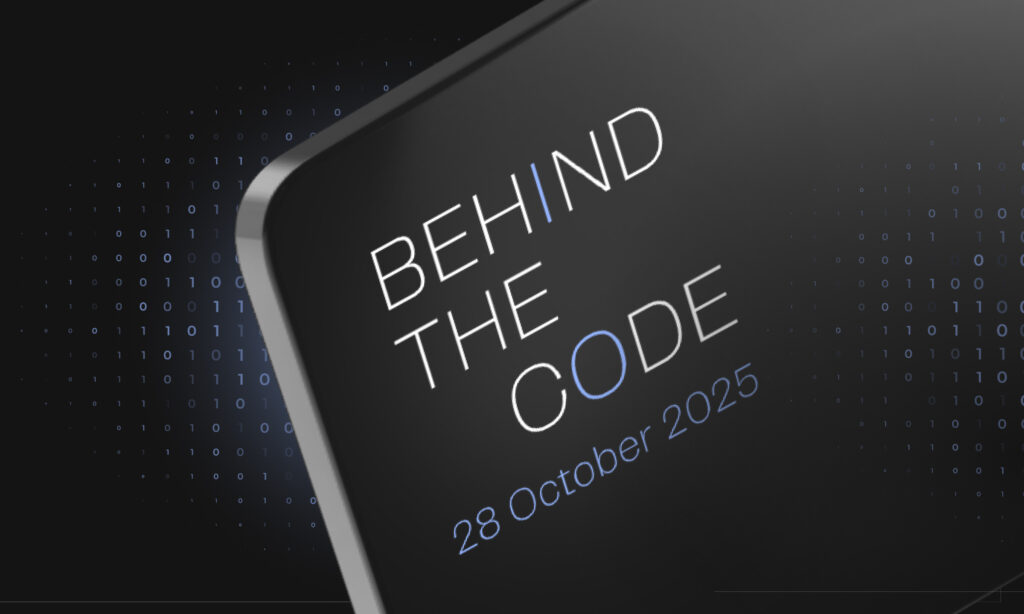This week’s BeL2-NBW team’s work focused on security hardening, readiness for network expansion, and visible progress in ecosystem governance. The Bitcoin Finance Protocol’s Certik audit fixes were completed, contracts were redeployed and verified on testnets, and a new monitoring system now watches token balances and contract events in real time. The team also moved every major API and node service to Alibaba Cloud, cutting costs and improving speed.
A major governance proposal is now live on Elastos DAO — Elastos as a Relay Layer for Bitcoin Security — which defines how Elastos will extend Bitcoin-level security to ecosystem chains through BPoS validators. The plan includes ELA buy‑back and burn, validator fee rewards, and compatibility with the latest Ethereum standards.
User experience continued to improve as BTCD v1.0.12 shipped with better order tracking, cleaner interfaces, and faster response times. Essentials wallet bugs were fixed across iOS and Android, the built‑in browser now reconnects automatically, and the signing flow is smoother. Next for the NBW team: complete final verification of audit documentation, prepare the PG chain redeployment, monitor the DAO vote on the relay proposal, and begin phased rollout of new gas and fee systems.
On the World Computer side, this week marks a major leap in team onboarding and interoperability. At the OS layer, PuterOS extensions are stable, and DePIN engineers in Beijing have now joined Elacity Labs to co-develop core drivers. Particle login and IPFS storage extensions are under active development, aimed at embedding identity and data access directly into the runtime.
Smart Accounts and Lit Protocol PKP sessions now work together, enabling one-click payments, licensing, and content access across more than a dozen blockchains. The Elacity dDRM system is now fully autonomous—access is granted via decentralized identities, data is packaged, encrypted, and stored on the IPFS decentralized file network, rights are tokenized and traded peer-to-peer, keys are delivered directly from the Lit network (not any central API), and playback happens inside a decentralized WebAssembly-powered runtime player.
Elacity’s LaunchPad advanced into a complete liquid issuance system where creators can launch a channel, mint and trade erc-20 access tokens, and see real-time bonding-curve prices synced across the contract, backend, and app. Sell-side trading flows and charting are in final checks. Next for the WCI team, finalize the sell flow and charting, test Particle and IPFS drivers in PuterOS, validate Jetson edge hardware, model the World Computer’s semantic schema, and prepare a live end-to-end demo of decentralized media licensing using smart accounts.
The detailed section below covers how this is done.
BeL2-NBW: Security Finalization, Chain Upgrades, and Monitoring Systems Go Live
The BeL2-NBW team finalized contract security optimizations following Certik’s audit, completed preparations for the PG chain upgrade, launched a new token monitoring system, and migrated major infrastructure components to Alibaba Cloud. These updates improve stability, security, and readiness for BTCD protocol scale-up.
Contract Security Optimization
- Completed fixes for BTC lockTime calculation and contract inheritance structure
- Verified all contract interaction logic post-audit on ESC and ECO testnets
- Developed and tested multi-sig wallet ownership replacement for contract control
- Used Foundry to simulate upgrade operations including proposal lifecycle and cancellation scenarios
PG Chain Upgrade Finalized
- Chose a clean-slate redeployment path to optimize gas fee handling
- Completed full technical design and testnet deployment of the new chain
- Configured all Arbiter and node parameters for smooth transition
- Laid groundwork for ECO to PG chain upgrade proposal research
Live Governance Proposal: Elastos as Bitcoin Security Relay
A major proposal is now live on the Elastos DAO portal to elevate Elastos into a Bitcoin Layer 1.5 architecture by relaying Bitcoin-merged mining security into ecosystem “friend chains” like PGProtocol.
Key points:
- BPoS validators draw security from ~50% of Bitcoin’s merged mining hash rate
- Friend chains like PGP run their own tokens, but share fees with BPoS validators
- ELA buy-back and burn mechanism included in design
- Ecosystem designed for multi-community, modular participation
- Upgrades to latest Ethereum standards (e.g. Pectra, EIP-7702) built in
View Proposal #203 (status: PROPOSED)
Security Monitoring System Deployed
- Launched the ELA-FIST monitoring system for real-time tracking of ELA and FIST token balances
- Implemented event listeners, frontend dashboards, and alerting systems
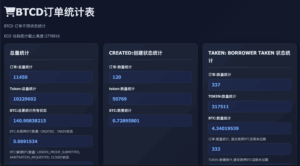
Cloud Infrastructure Migration
- Migrated API services (ELA, EID, Widget) from AWS to Alibaba Cloud
- Improved response speed and reduced cost footprint
- Added deployment for ECO ESC node, configured automated backup scripts, and expanded scaling capacity
- Established new OSS data backup system for node snapshots
BTCD Protocol Enhancements
- Upgraded auto-signing service and migrated oracle + BTC header feeds into Keepers Manager
- Consolidated related services to improve manageability and traceability
- Released BTCD v1.0.12 with improved order UI logic, repayment tracking, and guide optimizations
EE Wallet Improvements
- Fixed browser history, click responsiveness, and network switching bugs
- Enabled auto wallet connection for dApps, improved Bitcoin wallet event sync
- Resolved iOS local compilation and installation issues
- Moved key wallet settings (e.g., bitcoinSignData) to privacy section for better UX
Elastos World Computer Initiative (WCI): Interoperable Licensing, Semantic Reasoning, and Trusted Compute
Elacity Labs unlocked a major milestone this week: seamless interoperability between Lit Protocol PKP sessions and Particle Smart Accounts, enabling single-click licensing, payments, and access across 14+ blockchain networks. In parallel, the team deepened its collaboration with the DePIN Beijing engineers to begin co-developing the World Computer’s Trusted Computing layer.
Lit Protocol x Smart Accounts Integration
- PKP sessions now fully integrated with Smart Accounts using EIP-1271 signatures
- Users can mint, license, and decrypt content across multiple chains using a single account
- Licensing keys are delivered directly from the Lit network — no central APIs involved
- This marks the final step toward a fully autonomous dDRM architecture
LaunchPad Liquid Channel System
- Sell-side trade logic and bonding-curve visual components implemented
- Channel creation, token issuance, dynamic pricing, and redemption now fully operational
- Real-time stats and volume analytics integrated into the on-chain trading layer
- LaunchPad now functions as a self-contained issuance and liquidity engine for creators
PuterOS + DePIN Collaboration
- Particle Auth and IPFS extensions are in development as runtime modules within PuterOS
- Two DePIN engineers joined Elacity Labs to co-develop decentralized identity and file access layers
- Initial testing of multi-extension stability and backend runtime logic is underway
System Blueprint: The Four Core Systems of the Elastos World Computer
Elacity and core Elastos architects, including Zhongtao Cui, defined the World Computer as four foundational systems:
- Trusted Computing System – Local and edge cloud hardware running verified workloads
- Agent Operation System – Identity-bound smart accounts executing logic and payments
- Transaction Consensus System – Blockchain infrastructure verifying state and rights
- Agent Routing Relationship System – Semantic model governing how identities, licenses, and devices interoperate
These collectively form a decentralized semantic computing substrate — one capable of reasoning, enforcing rights, and coordinating trust across human and AI agents.
Why the Semantic Layer Matters
Without shared meaning, decentralized systems become isolated. By contrast, a semantic layer enables:
- Interoperability between rights, agents, and nodes
- Reasoning about relationships (e.g., user → license → asset → node)
- Distributed cognition and simulation of outcomes across the network
- Elacity’s decentralized ontology enables not just queries — but logic, access control, and data flow orchestration across the World Computer.
Next Week Priorities
- Optimize multi-chain licensing flows and bonding curve rendering
- Finalize and test Particle and IPFS PuterOS extensions
- Validate Jetson hardware prototypes for trusted computing nodes
- Advance ontology modeling and cross-component semantic schema
- Prepare internal showcase and developer documentation for universal dDRM demo
Closing Perspective
The BTCD protocol continues to mature into a production-grade Bitcoin-native stablecoin ecosystem, while the Elastos World Computer is moving from architecture to live execution.
- Contracts are secured and battle-tested
- Chain upgrades are planned and deployed
- Monitoring systems are in production
- Licensing flows are interoperable
- The OS layer is now programmable
The World Computer is no longer a metaphor. It is becoming a live semantic reasoning network — one where identity, compute, and rights move with purpose, not just code.

